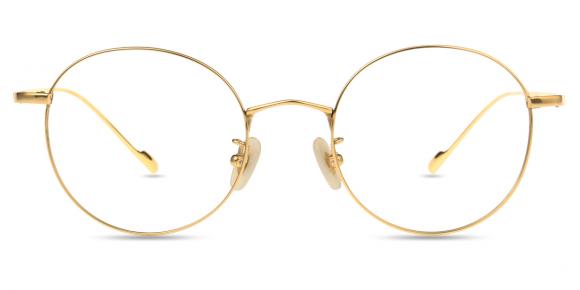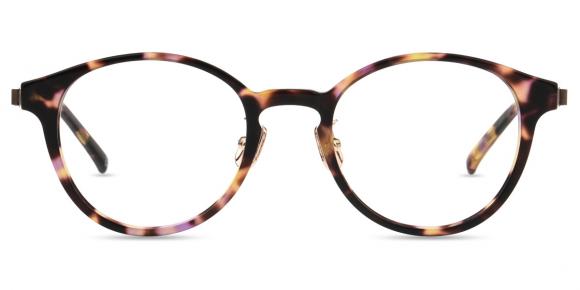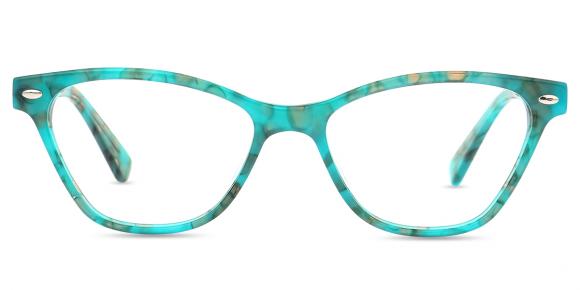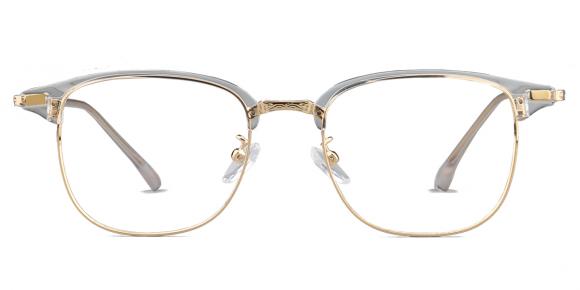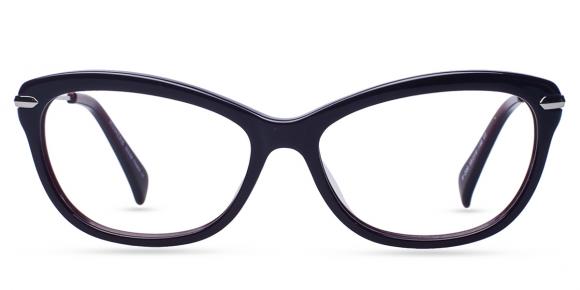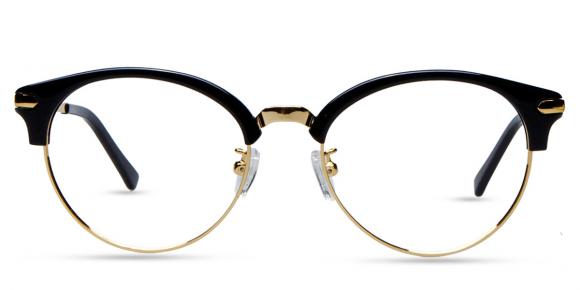Firstly, you need to know what causes the visual problems:

Just like a camera, your eye has a lens, exposure meter and automatic focus. The major parts of the eye are the cornea, iris, lens and retina. The sclera is the outer layer of the eye that protects the retina and inner layers. The cornea is transparent and allows light to flow through it to the pupil. The pupil opens and closes, regulating the amount of light that passes to your retina. The ciliary muscles are located behind the lens and contract or expand, changing the curvature, or focus, of the lens. The retina contains photoreceptor cells that receive light and are made of rods and cones. Rods help with black and white vision and cones aid color vision.

Vision problems occur when the image focused on the retina is focused either too far back, resulting in farsightedness or too far in, resulting in nearsightedness.
How glasses work ?

For nearsightedness, glasses correct the problem of the eyeball being too long to focus upon a far away image projected onto the retina. The glasses offer a concave lens that bends light rays outward, which normalizes the eyeball. In farsightedness, the eyeball is too short to focus upon objects that are near. Glasses use a convex lens that bends the light inward before it reaches the eye’s lens, thereby correcting vision.
Shop Glasses Now At Firmoo.com
Save








